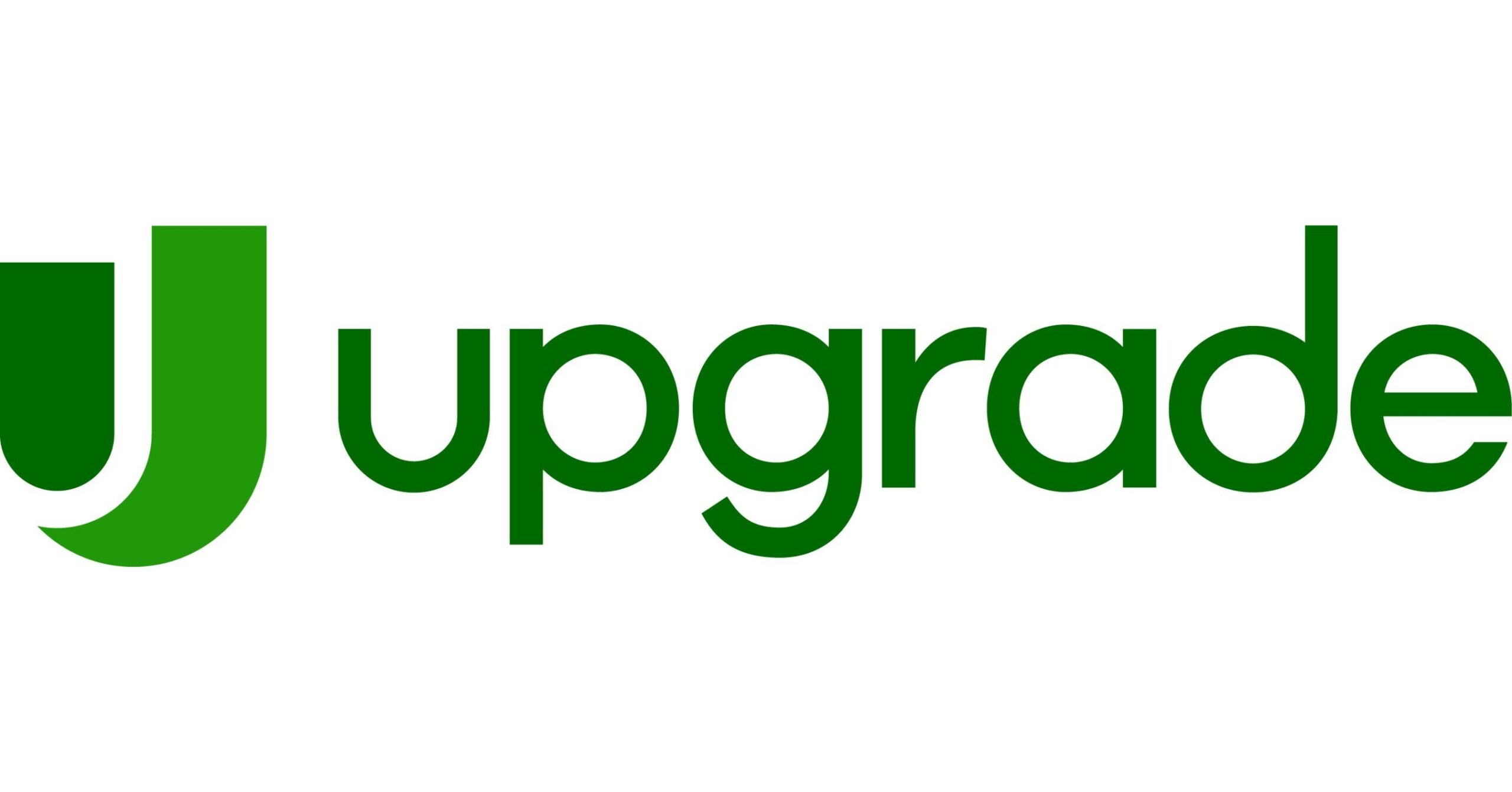Personify Financial vs. Upstart: Which offers better personal loans?

Key takeaways
- Personify stands out for dedicated customer service, but its steep maximum interest rates make it a risk for most.
- Upstart uses AI technology to determine eligibility and is best for advanced underwriting criteria.
- Due to Personify’s higher rates and lower loan amounts, Upstart is the better choice for most borrowers.
Personify Financial and Upstart are online lenders that offer personal loans for borrowers with bad credit, but Upstart will be a better choice for most because it offers larger loans at significantly lower rates than Personify.
Both lenders claim their lending decision software considers advanced criteria other lenders might miss or dismiss, such as your career and educational background. Either lender could be a good choice if you can’t find a better bad credit personal loan rate elsewhere. Just be aware of the total cost, especially how much interest you will be charged when you borrow.
Personify Financial vs. Upstart at a glance
Personify and Upstart offer unsecured personal loans, but Personify offers limited amounts and much higher APRs.
| Personify Financial | Upstart | |
|---|---|---|
| Bankrate Score | 3.5 | 4.7 |
| Better for | Personalized customer service experience | Bad credit |
| Loan amounts | $500–$15,000 | $1,000–$50,000 |
| APRs | 36.00%-179.50% | 6.70%-35.99% |
| Loan term lengths | 12–48 months | 36 or 60 months |
| Fees | 5% origination fee, late fee, non-sufficient funds fee | Origination fee of up to 12%, greater of 5% or $15 late fee, $15 fee for ACH or returned check fee, $10 paper copies fee |
| Minimum credit score | Not Specified | No Requirement |
| Time to funding | 1-2 business days | As soon as 1 business day |

Personify Financial
-
Personify Financial offers speedy personal loans with a simple application process. Personify emphasizes personalized customer service. It states those calling customer support can always speak to a live representative, not just a machine. It claims to look at the overall picture of a person rather than just numbers to determine eligibility for a loan.

Upstart
-
Upstart uses artificial intelligence to assess borrowers’ creditworthiness. Its AI model considers not only your credit history, but also your education, job history and other relevant factors. This approach lets Upstart lend to borrowers with limited credit histories.
How to choose between Personify Financial and Upstart
Both Personify and Upstart offer online lending experiences that differ from what you would get from a traditional personal loan lender. Consider the ins and outs of the lenders to get the best personal loan for your needs.
APR range
Personify has much steeper interest rates than that of Upstart — up to 179.50 percent. This is significantly higher than almost every other non-payday lender, including Upstart, which has a maximum rate of 35.99 percent. Upstart also has a lower minimum rate than Personify, 6.70 percent versus 36.00 percent.
Three-digit APRs are more common among payday lenders. By comparison, the average personal loan interest rate is just above 12 percent.
Minimum credit score
Upstart states borrowers may qualify with them even with poor or no credit history or score. Personify does not state a minimum, though its rates suggest it caters to bad-credit borrowers.
Repayment terms
Personify offers a wider range of repayment terms, allowing borrowers to finance between 12 and 48 months. Upstart only offers two terms: 36 months or 60 months.
Time to receive funds
The two lenders offer similarly fast funding timelines, up to three days with Upstart and up to two with Personify.
Personify also shares that funds will be available as soon as one business day. However, availability of your funds depends on how fast your banking institution processes the transfer.
Loan amount
You get far less borrowing power with Personify. It caps loans at $15,000 — but has a low starting loan amount of just $500. Upstart offers more flexibility, with loan amounts ranging from $1,000 to $50,000.
Fees
Both lenders charge a loan origination fee. Upstart’s is up to 12 percent of your loan amount, one of the highest in the business. Personify, on the other hand, charges 5 percent.
Unlike most lenders, Personify adds the amount of the fee to your total amount borrowed rather than subtracting it. This means you get the full amount you applied for — but it also means paying interest on a higher starting balance.
Bottom line: Which lender is better?
Ultimately, your choice will depend on both the total cost and the customer experience you prefer. However, due to Personify’s high rates, we only recommend it as a last resort if you cannot get a bad credit personal loan and your only alternative is a payday loan.
Compare lenders before applying
Before making a final decision, compare more lenders to see how Personify and Upstart stack up. Since most online lenders now offer prequalification to check your rate without impacting your score, you can submit an application and see what fits your needs best.
You may also like

Upstart vs. SoFi: Which offers better personal loans?

Upgrade vs. Upstart: Which offers better personal loans?









